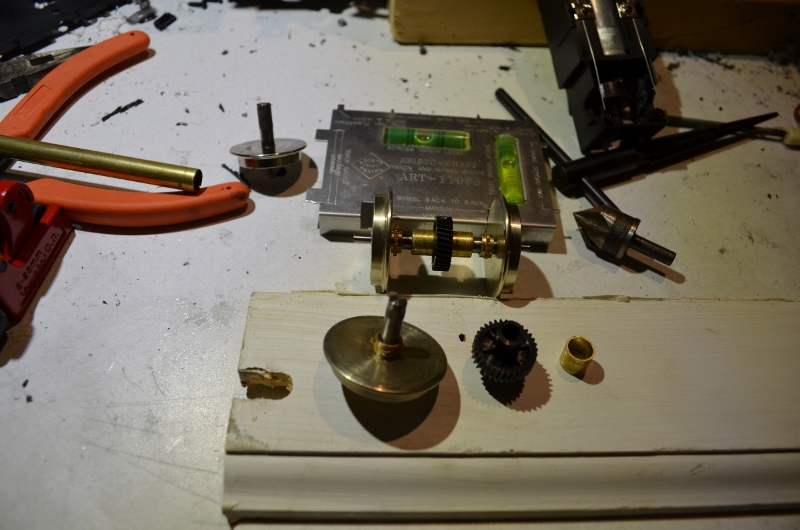I recently converted 2 of my GP38’s from traction to all metal wheels. I purchased the wheel sets from Charles RO. It was a pretty straightforward swap out. As part of the conversion I am left with completely intact traction tires.
The biggest motivation for this is due to general guidance that traction tires can causes the gear’s to crack over time because the wheels are not able to slip as easily. I also at times, would be doing multiple engines when the trains are long.
I tested up-hill pulling strength of my remaining GP38 with traction tires against one with out and as expected its up hill pulling strength is diminished.
Thinking this through though, what would have be the harm in leaving the traction tires in place until the gear cracks, and swapping it out then? The worm gear inside the motor is metal so I can’t see much happening to it.
Thoughts?
